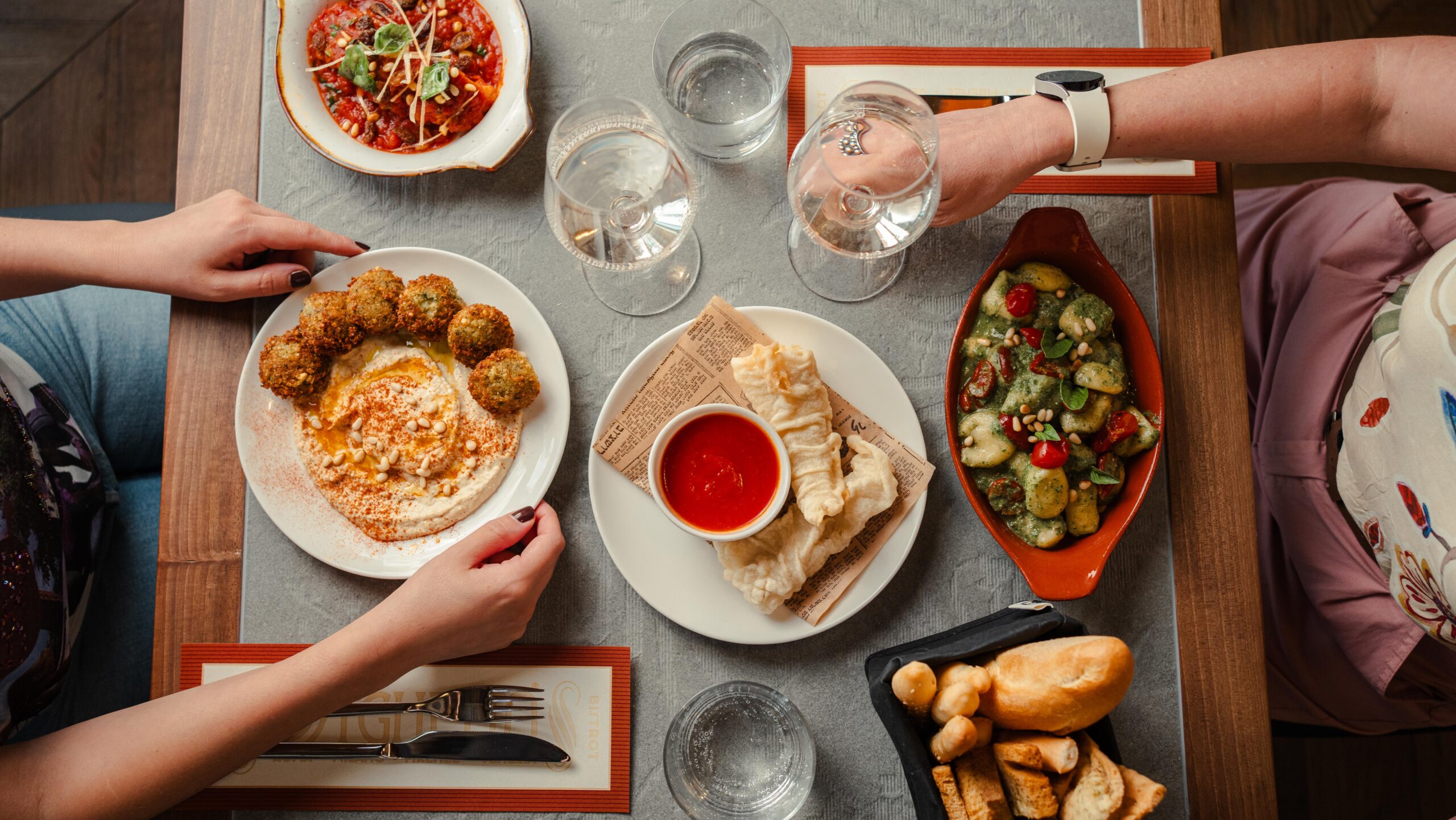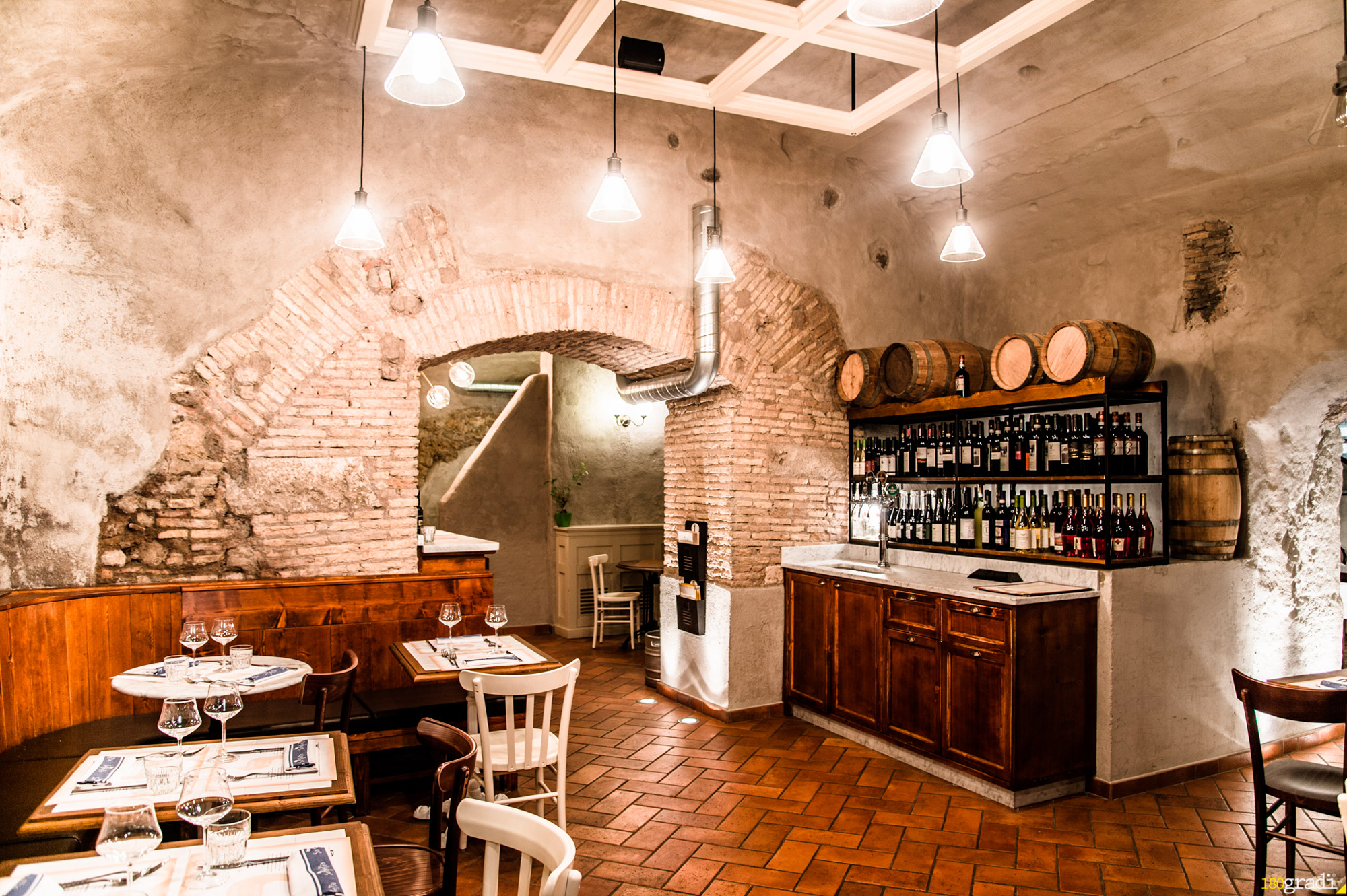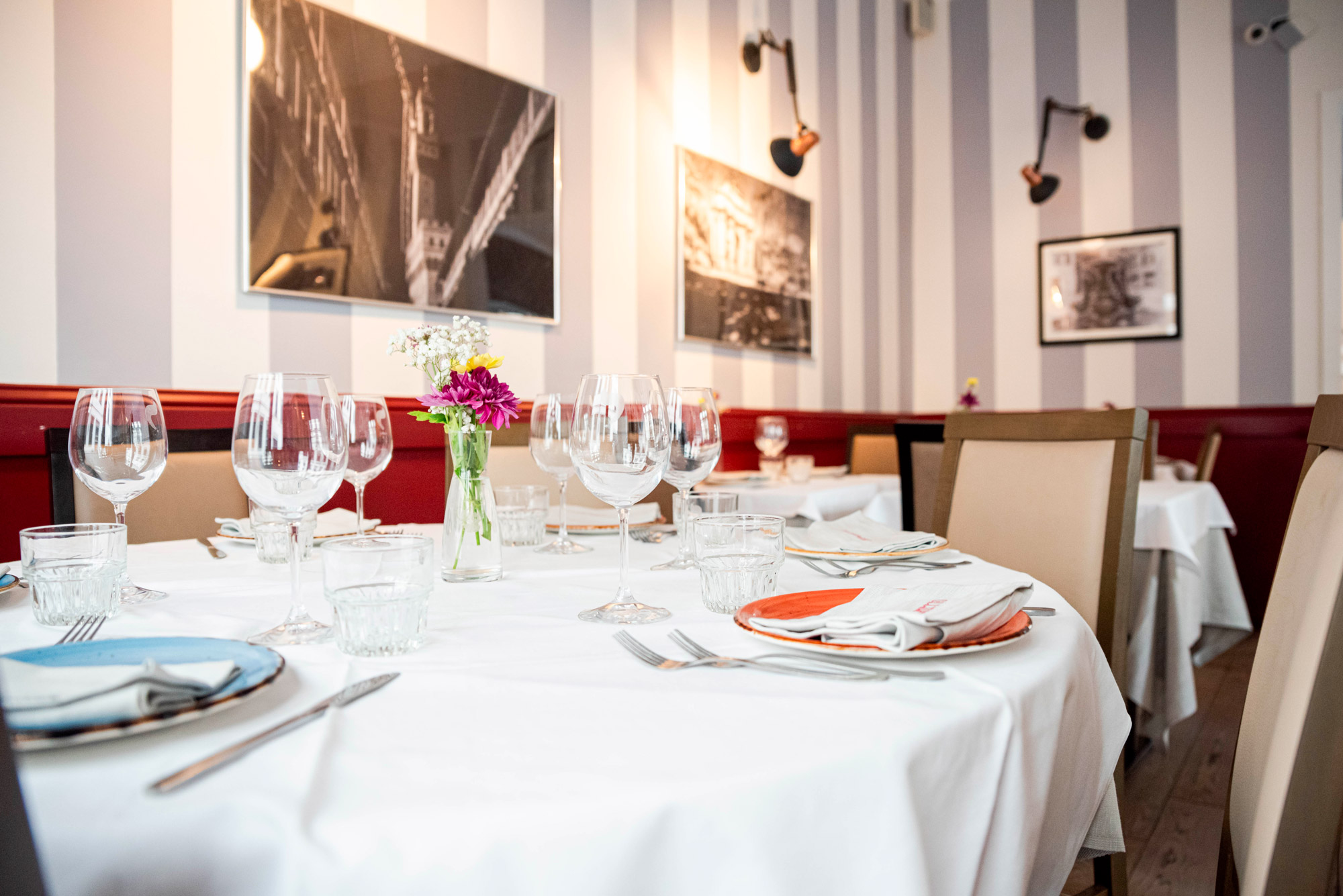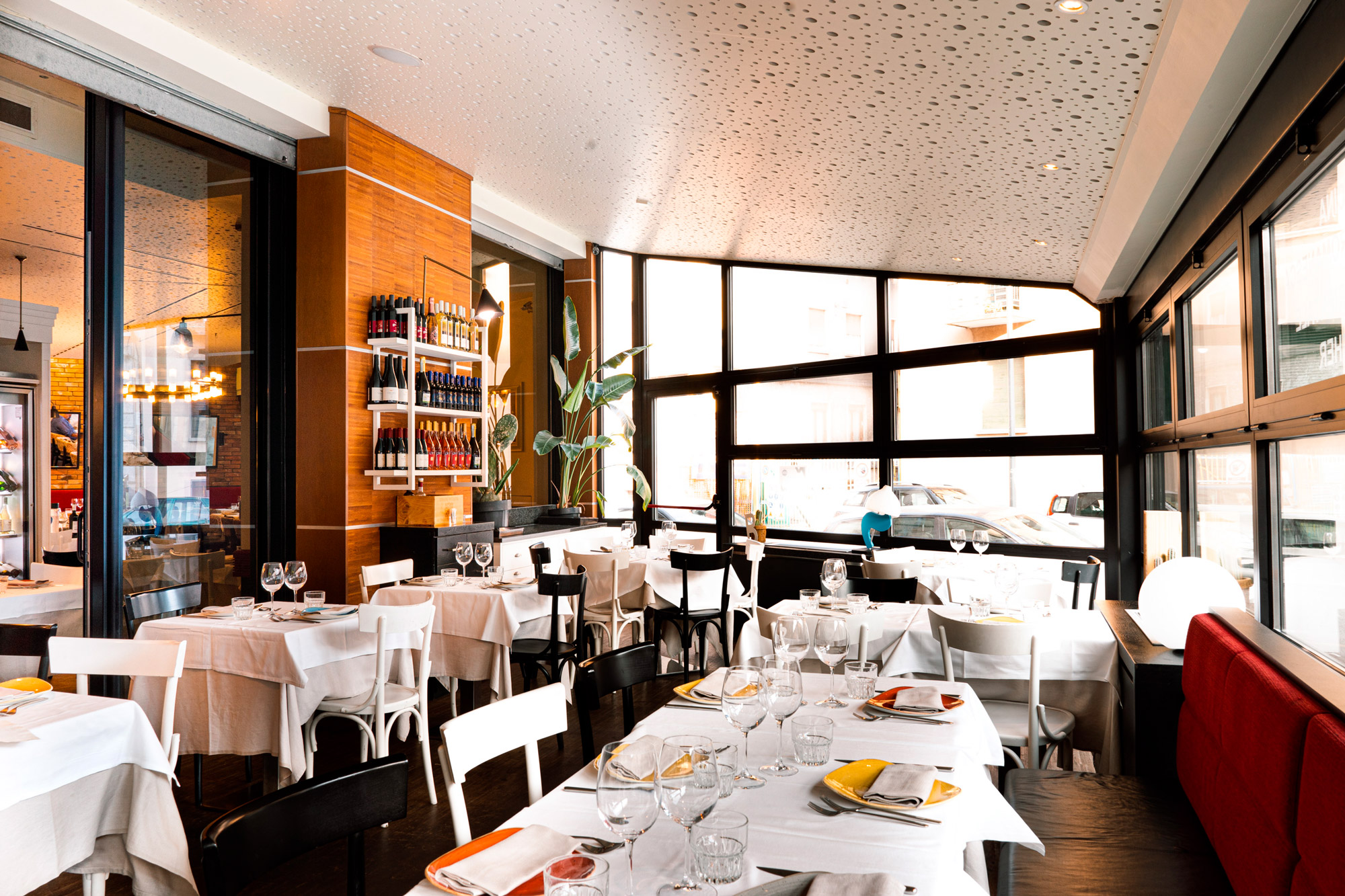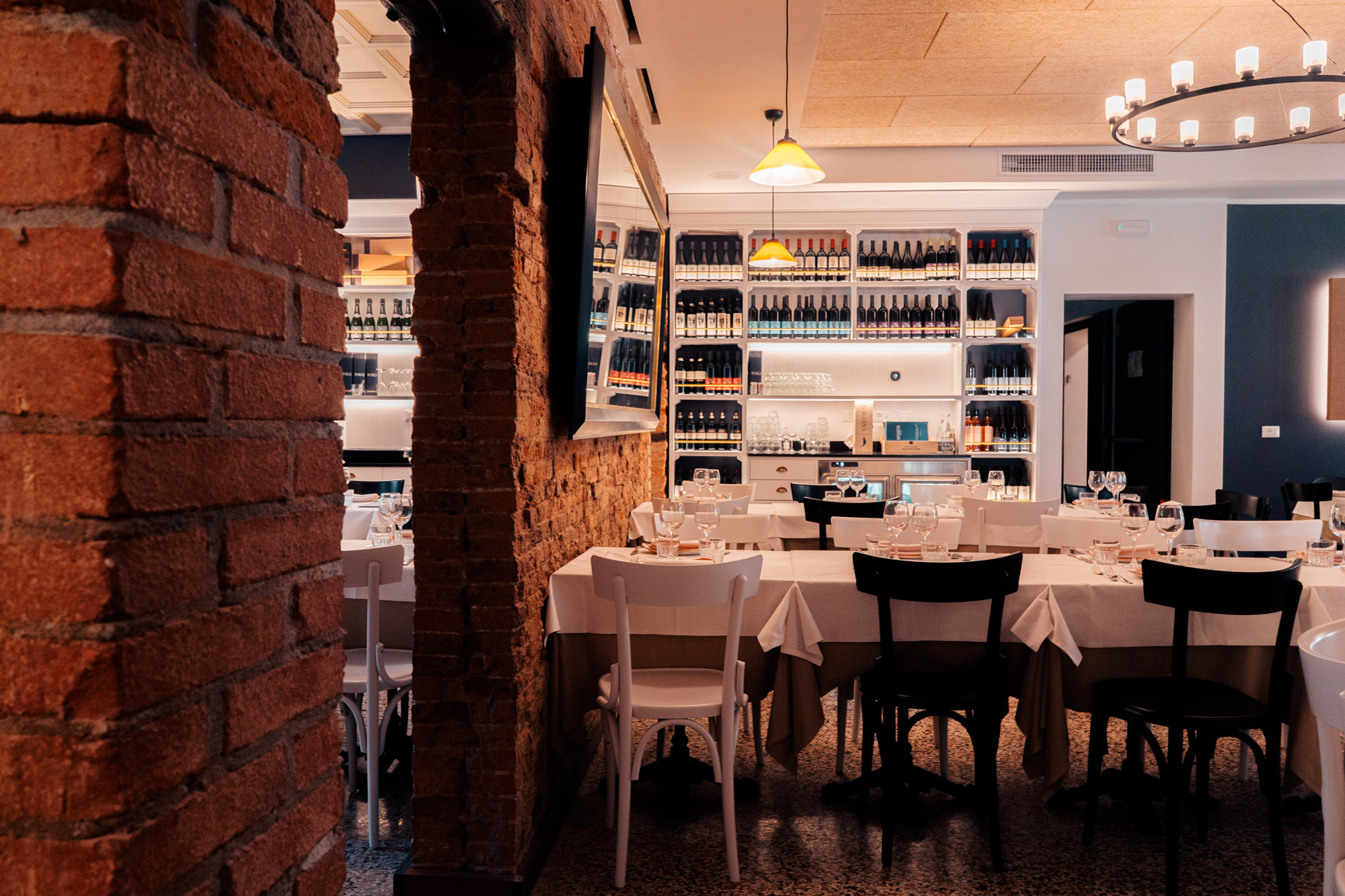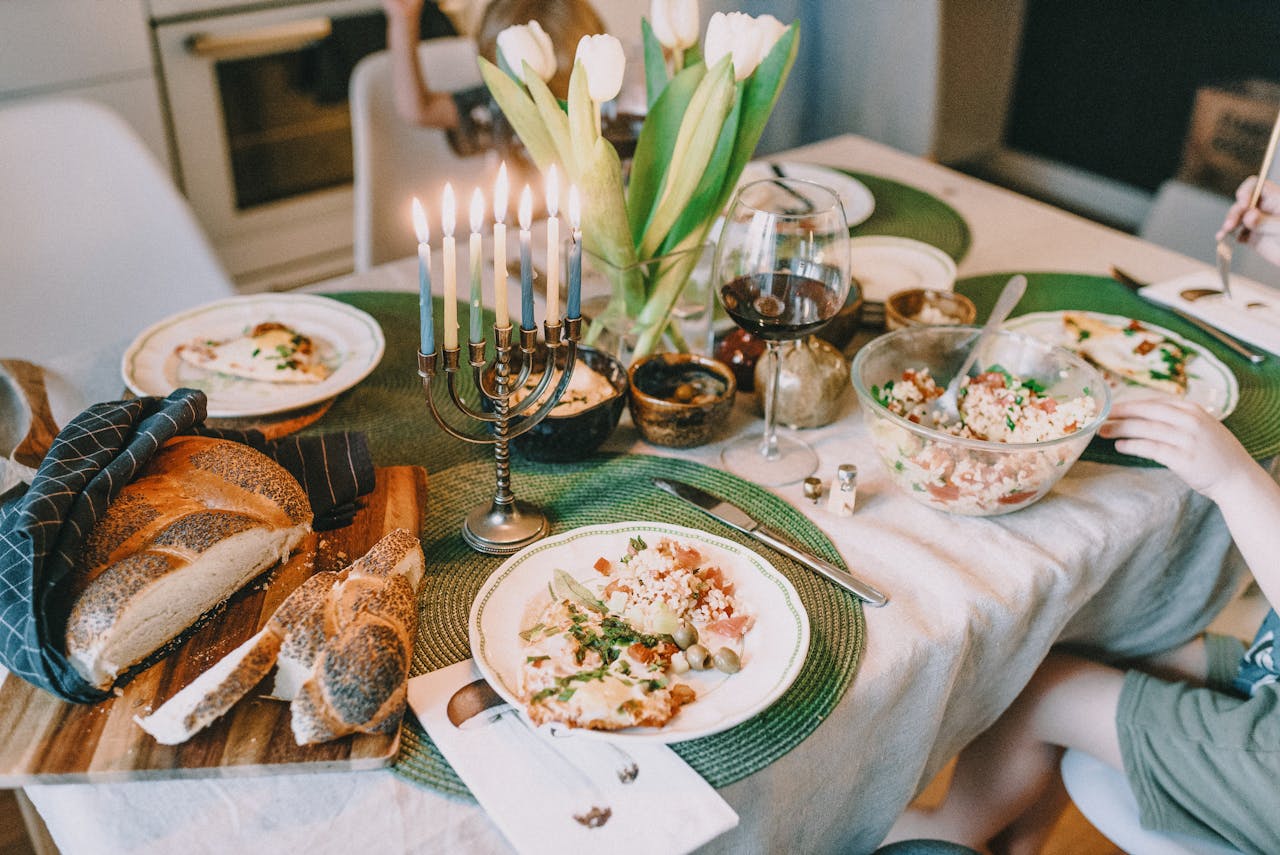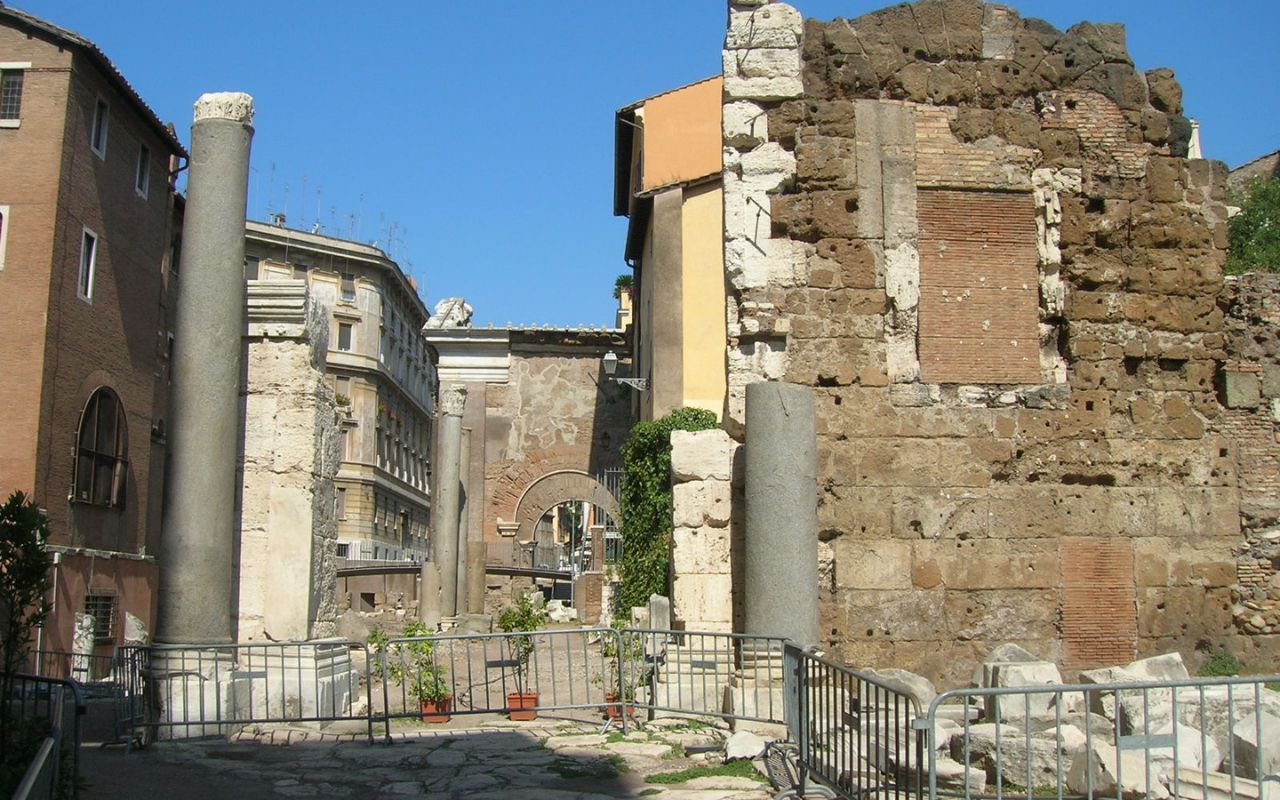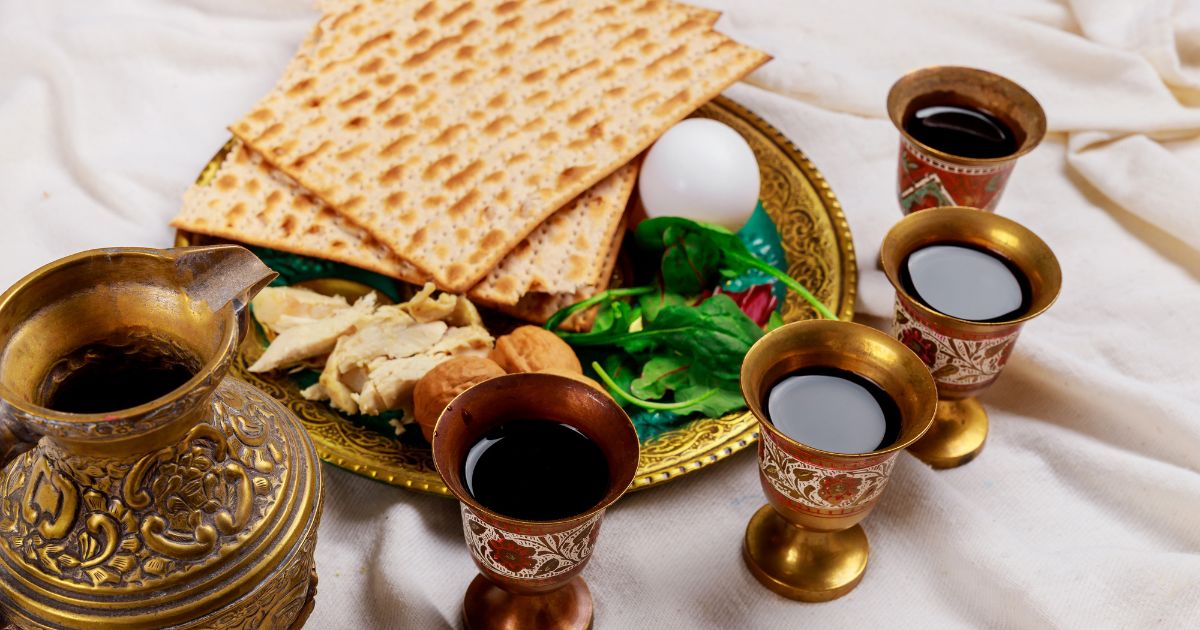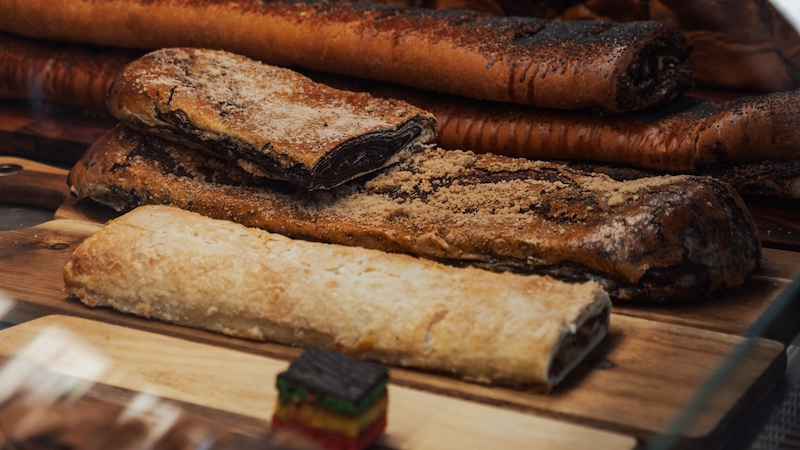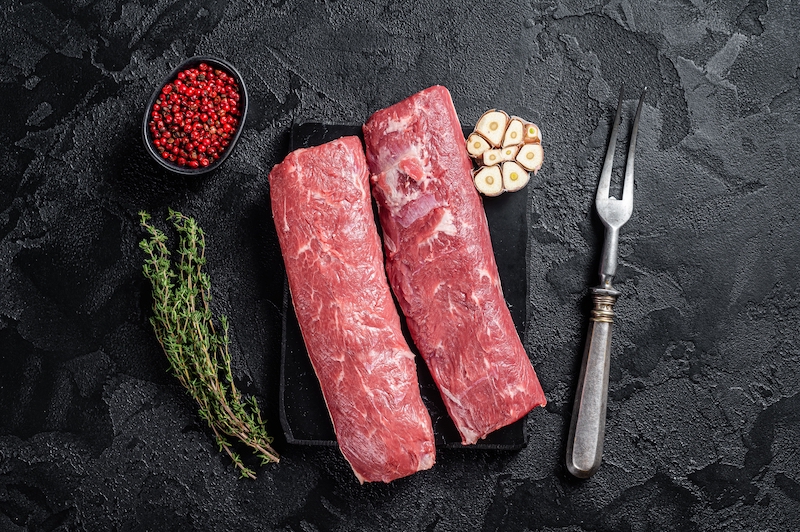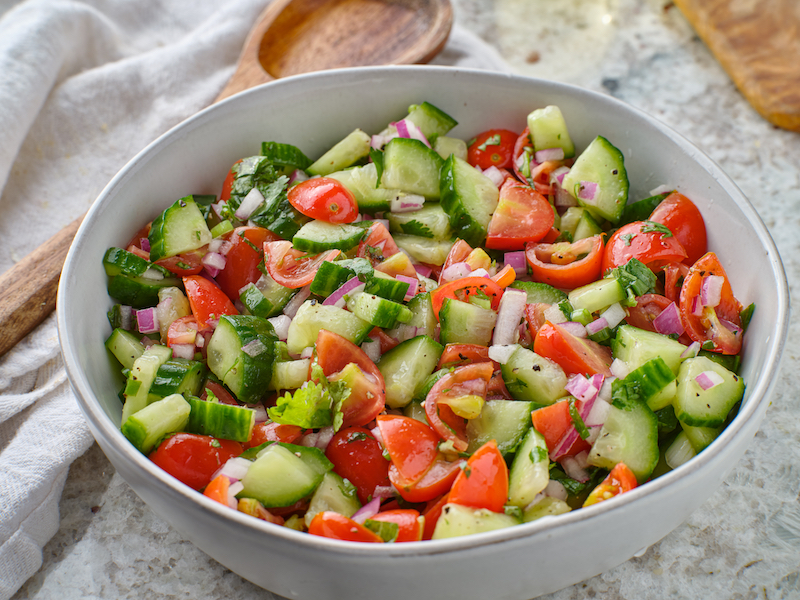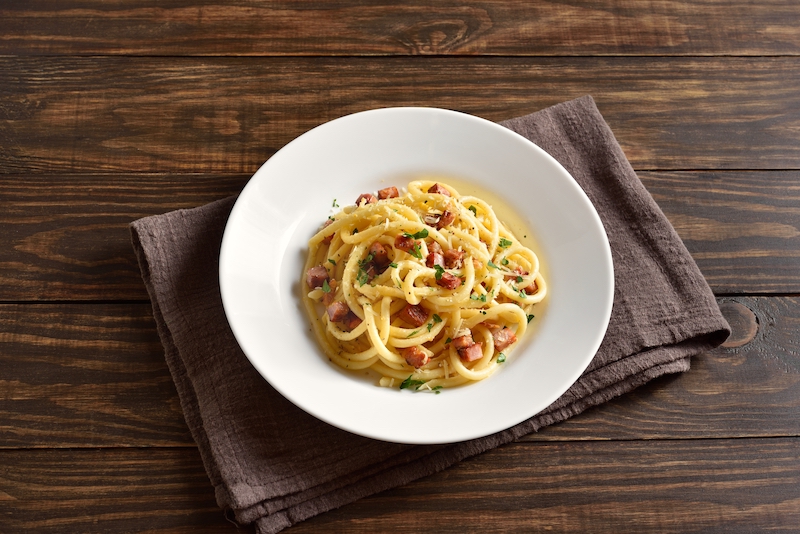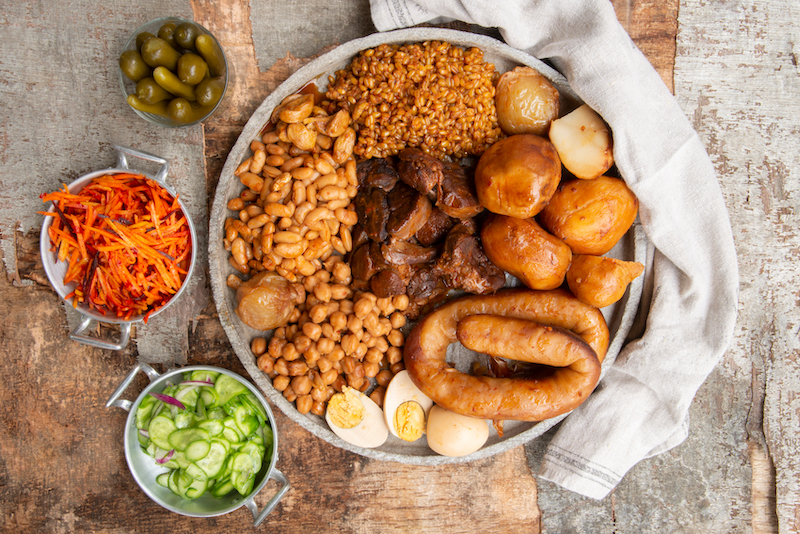Roman Jewish cuisine is a treasure trove of flavors, traditions, and history. In Rome, Jewish recipes are not just food: they are stories passed down through the centuries, memories of exile and integration, symbols of a community that has left a profound mark on the city’s culinary culture.
When we talk about Jewish cuisine in Rome, we refer to a unique heritage born from the fusion of kashrut dietary laws, local ingredients, and preparation techniques handed down orally from generation to generation.
The Origins of Jewish Cuisine in Rome
The Jewish presence in Rome dates back over two thousand years, making it one of the oldest Jewish communities in Europe. Jews arrived as war prisoners after the conquest of Judea, but over time, they settled and developed a deep connection with the city.
In 1555, Pope Paul IV issued a papal bull establishing the Roman Ghetto, a cramped area with many restrictions. It was within this challenging context that what we now call Giudaico-Romanesque cuisine was born—simple yet flavorful, creative out of necessity, made from what was available, always with skill and in accordance with Jewish tradition.
What Is Giudaico-Romanesque Cuisine?
It is neither simply Jewish cuisine nor purely Roman: it’s a fusion of the two, born from the dialogue between two cultures.
Dishes are often vegetarian or fish-based, respecting kashrut rules (which, for example, forbid pork and the mixing of meat and dairy). Seasonal vegetables, legumes, extra virgin olive oil, eggs, onions, and garlic are widely used. Frying is a common technique, as are spices such as cinnamon, nutmeg, and cloves—Eastern influences brought by Sephardic Jews.
Many recipes were created for Shabbat or religious holidays, while others were invented in the Ghetto as kosher reinterpretations of traditional Roman dishes.
Signature Dishes of Roman Jewish Cuisine
To talk about the typical dishes of Roman Jewish cuisine is to travel through centuries of history and enjoy an intense sensory experience of bold flavors, fragrant spices, and ancient preparations.
Carciofi alla Giudia (Jewish-Style Artichokes)
Perhaps the most iconic dish and the undisputed symbol of Giudaico-Romanesque cuisine. These are whole Roman artichokes fried in abundant olive oil until crispy, with their leaves spread open like a flower. The name “alla giudia” comes from “giudeo,” meaning Jew.
Served hot or at room temperature, they’re the epitome of simplicity and perfection. Double-fried to achieve a crispy exterior and tender heart. No breading, no flour—just artichokes, oil, salt, and expertise.
Fried Baccalà Fillets
Salt cod (baccalà) is a staple of Roman Jewish cooking. Long-lasting and perfectly kosher, it’s especially popular on festive occasions.
Fried baccalà fillets are dipped in a light batter and deep-fried until golden and crispy. The secret? A delicate batter and the perfect balance between crunch and tenderness.
Anchovies with Endive
A humble yet flavorful dish made from just a few ingredients: fresh anchovies and Belgian endive (or escarole). The anchovies are cleaned and layered with the greens, olive oil, and breadcrumbs. Baked in the oven, the result is an aromatic, satisfying dish.
It’s a classic Shabbat recipe, typically prepared on Friday to be eaten cold the next day.
Zucchini Concia
Another beloved traditional recipe. Fried zucchini marinated in vinegar, garlic, and mint. The result is a flavorful, refreshing dish that also works well as an appetizer.
Concia is emblematic of Jewish cooking: it starts with frying but then incorporates ingredients that preserve and transform the dish. It reflects the ancient philosophy of making the most of everything.
Jewish Pizza
This has nothing to do with Neapolitan pizza. It’s actually a dense, spiced cake, resembling a tall dessert filled with dried fruits and candied peels. It’s typically made for holidays and has a long shelf life.
Ingredients like raisins, pine nuts, almonds, and candied orange peel are at the heart of this recipe, capturing the essence of festive family traditions.
Tortolicchio and Hanukkah Fritters
During Hanukkah, the Festival of Lights, it is customary to eat fried foods. Sweet fritters, often with raisins and sugar, or wine-infused doughnuts, are traditional treats that embody the joy and sweetness of the holiday.
The Influence of Jewish Tradition on Roman Cuisine
Few people realize that some famous “Roman” dishes actually have Jewish roots. The Jewish-style artichokes are the most obvious example, but fried fish, certain legume soups, stuffed vegetables, and even some pasta preparations all originate from the Jewish-Roman culinary dialogue.
This influence has been so profound that today, Jewish cuisine is considered an essential part of Rome’s culinary identity.
Where to Eat Roman Jewish Cuisine Today
If you want to taste the authentic flavors of Giudaico-Romanesque cuisine, there’s one place you can’t miss: Ba’Ghetto, a historic restaurant in Rome’s Jewish Ghetto. Here, every dish tells a story, every ingredient honors tradition, and every bite is a journey through the flavors of an ancient culinary heritage.
From artichokes alla giudia to fried baccalà, all the way to holiday desserts—everything is prepared using original recipes, high-quality ingredients, and full respect for kosher laws.
Are you ready for an unforgettable culinary experience? Book your table at Ba’Ghetto now and discover the true soul of Roman Jewish cuisine.



